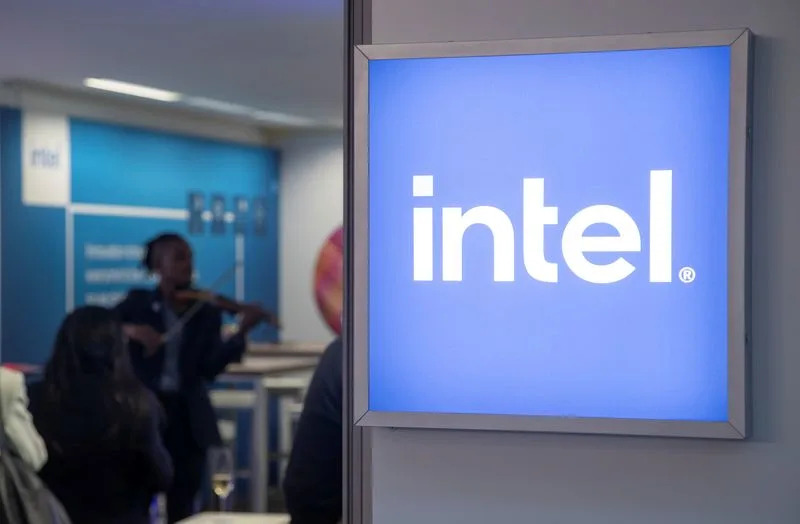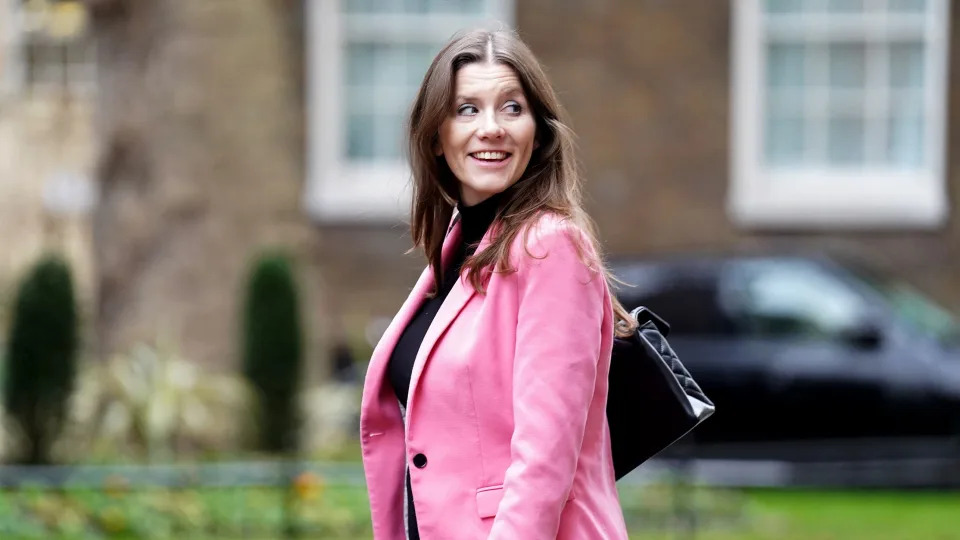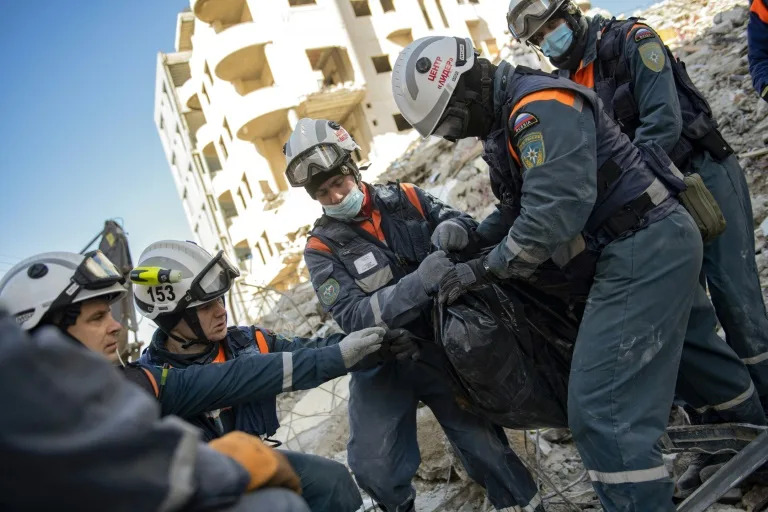Nasa’s Mars rover finds mysterious metallic object on Red Planet
Vishwam Sankaran
Wed, 8 February 2023

Nasa’s Mars rover finds mysterious metallic object on Red Planet
Nasa’s Curiosity rover has stumbled upon a strange metallic rock on Mars that may allow scientists to gain insights on the Red Planet’s ancient past.
The rock, dubbed Cacao, measures about a foot across and appears to be an iron-nickel meteorite, according to the American space agency.
It was discovered in the “sulfate-bearing unit” – a region on Mars’ Mount Sharp, the agency noted in a blog post on the discovery.
Nasa shared a high-resolution image of the rock that was stitched together from about 20 different individual photos taken by the rover.
One of the images is a close-up of Cacao as viewed through Curiosity’s ChemCam instrument.
This reveals a part of the meteorite that was targeted by the ChemCam instrument’s laser.
Nasa noted that this laser analysis involves zapping rocks and studying the resulting vapour to learn about the rock’s composition.
The rock’s metallic hue can be seen as it stands out in contrast to the Red Planet’s barren rust-coloured landscape.
“Rock. Rock. Rock. Rock. Rock. Rock. METEORITE! “It’s not uncommon to find meteorites on Mars – in fact, I’ve done it a few times! But a change in scenery’s always nice,” said the Curiosity rover’s official Twitter handle.
Nasa suspects the rock’s site likely had a “big crater” in the ancient past.
“Over time, erosion and other forces flatten the area around it, carving away everything but the hardest material,” said another tweet in reply to a user who asked about any evidence of impact.
The Curiosity rover has reportedly come across several such strange rocks in its decade-long exploration of the Red Planet.
In 2016, it found the “Egg Rock” also dubbed the “golf ball” and in 2014 it stumbled upon another 7-foot-long meteorite the Curiosity team named “Lebanon”.
Earlier in 2005, the Opportunity rover made the discovery of the Heat Shield Rock, a meteorite that was the first such rock to ever be identified on the surface of another planet.
Generally such metallic meteorites landing on Earth’s surface tend to rust away in a short span of geologic time, but due to little oxygen and moisture on Mars, these space rocks can remain lusturous for millions of years.
“There’s no way to date these. But it could have been here millions of years!” pointed out the Curiosity rover’s Twitter account on the new discovery.










